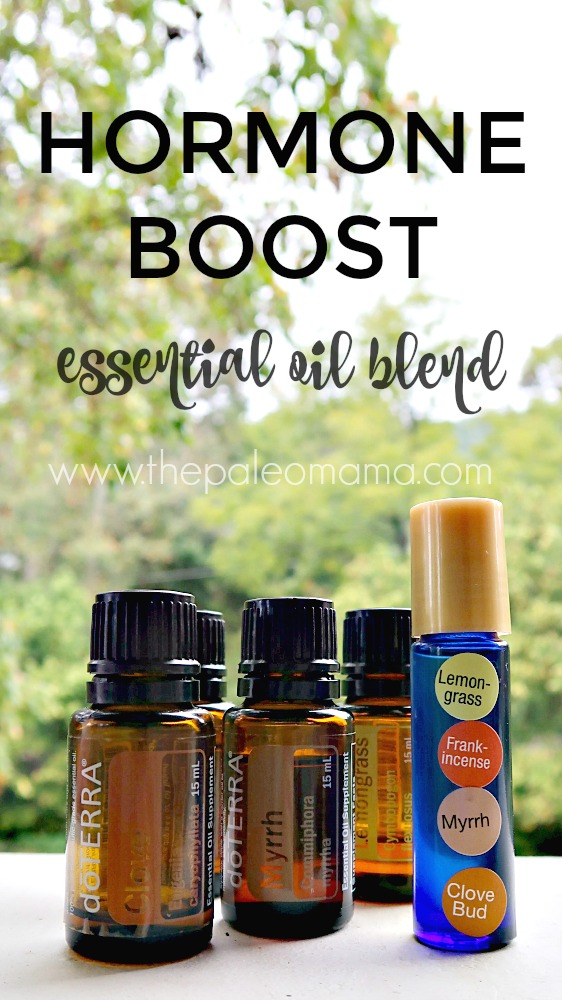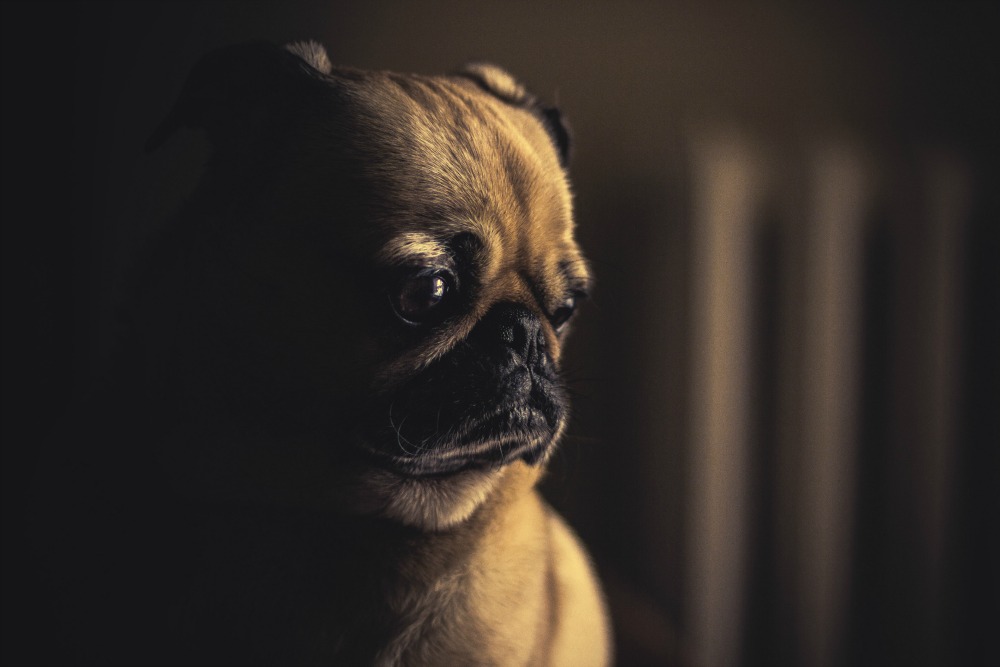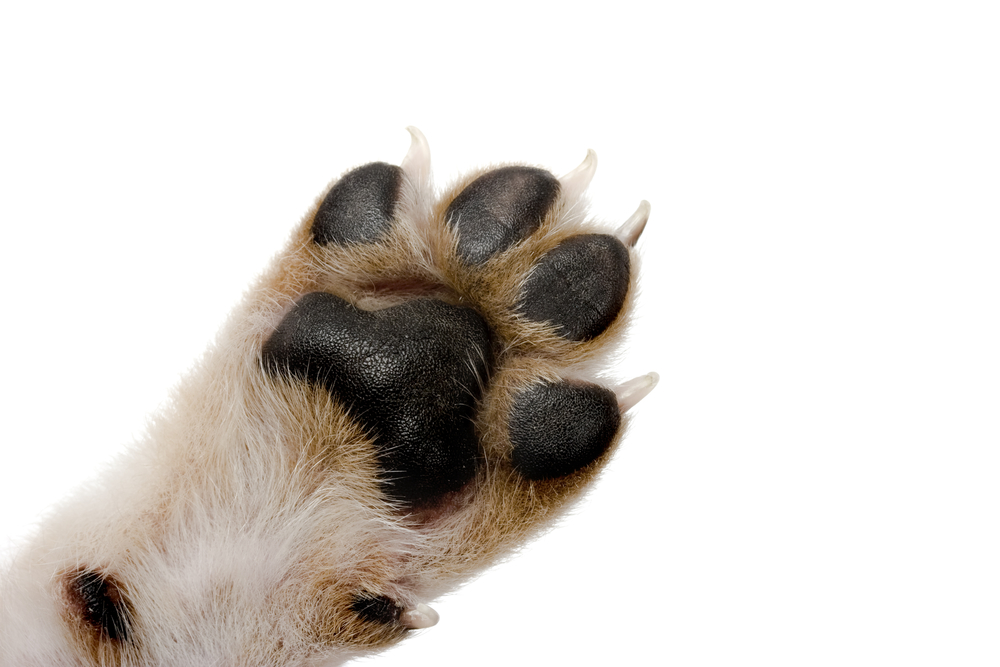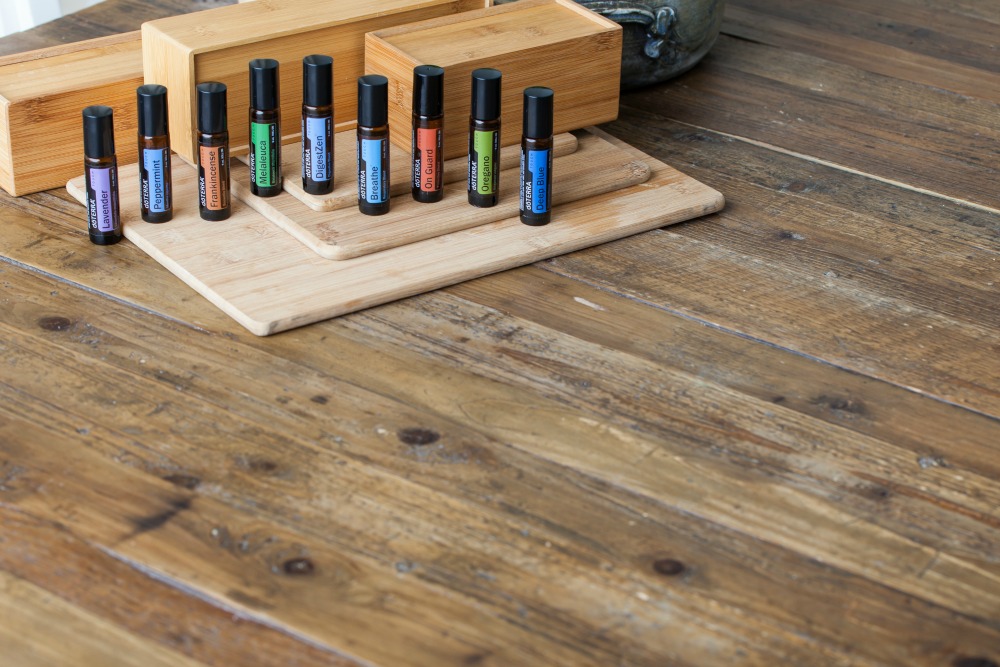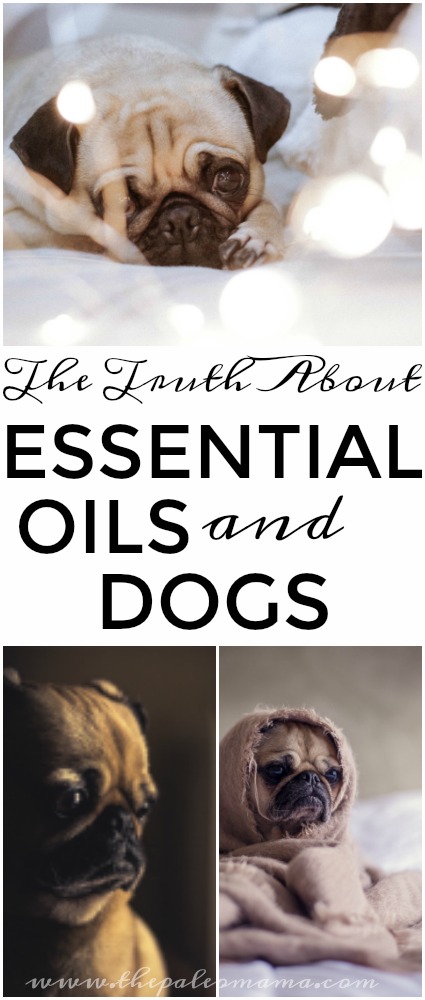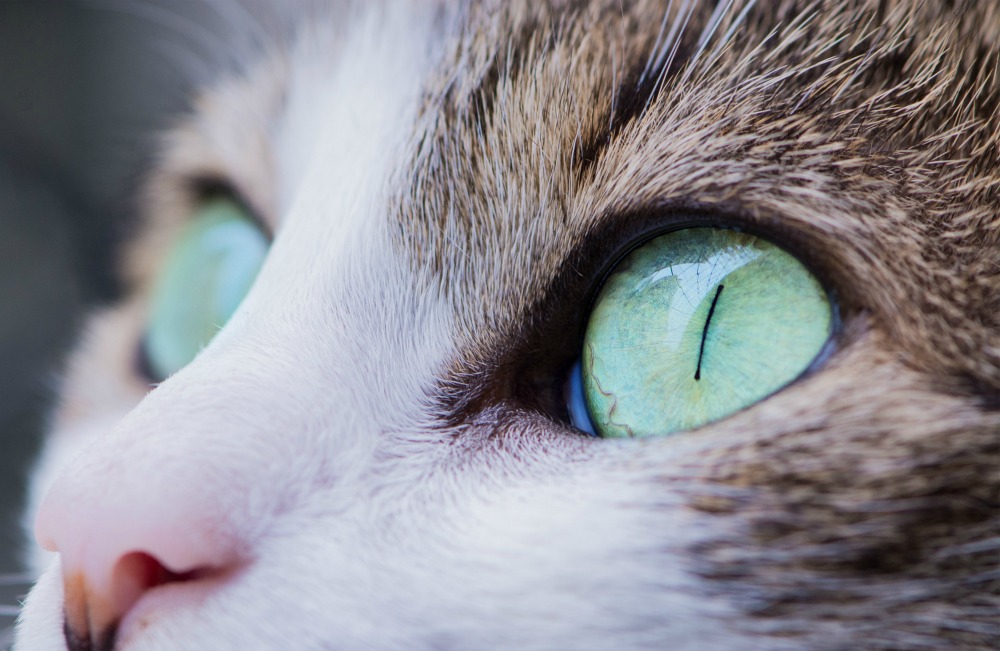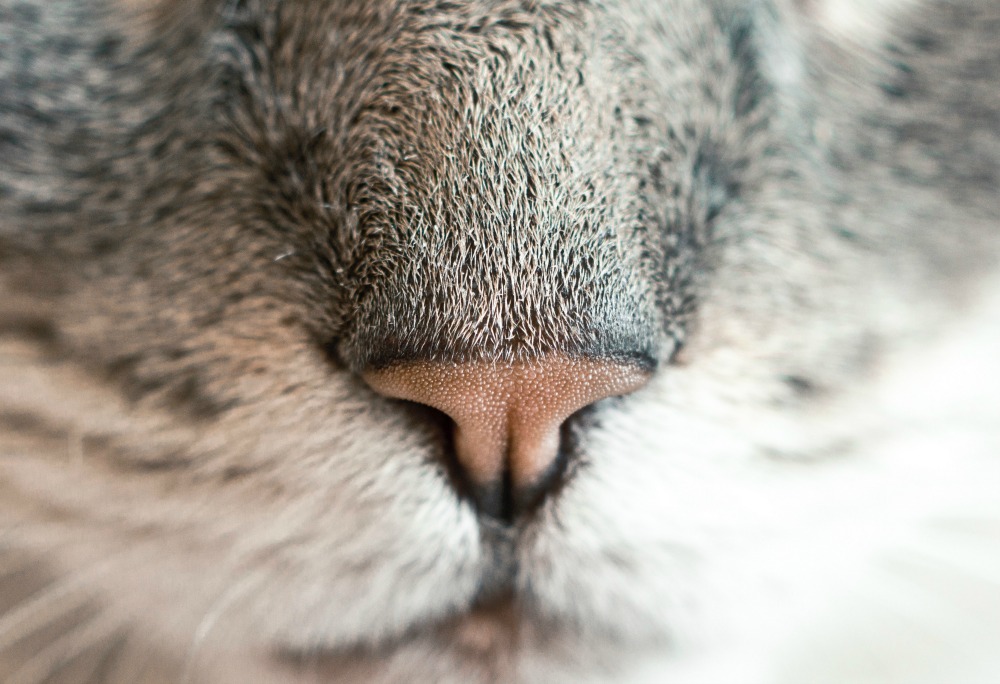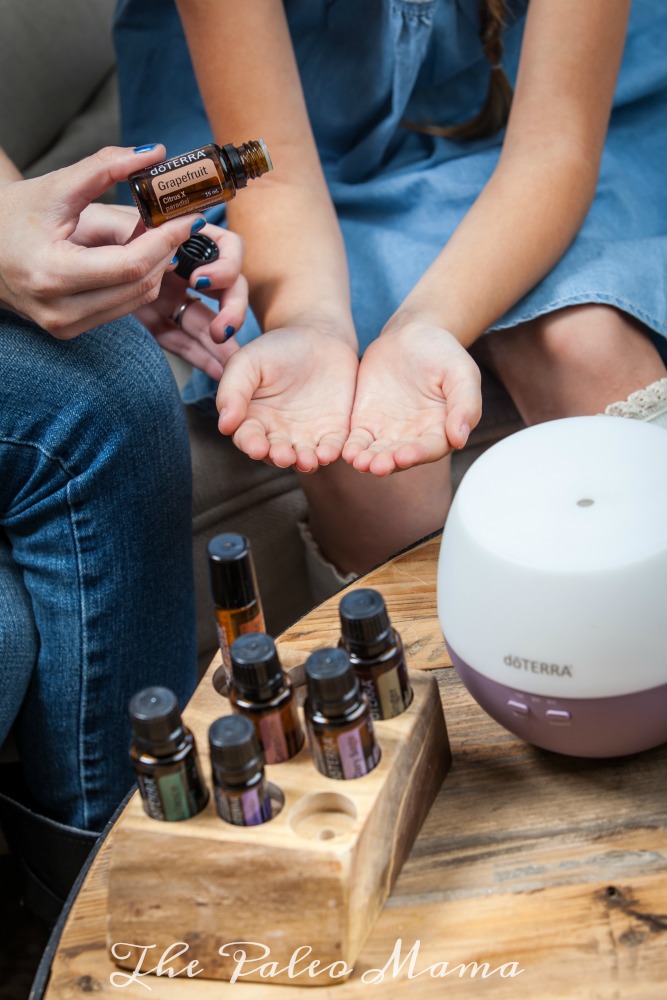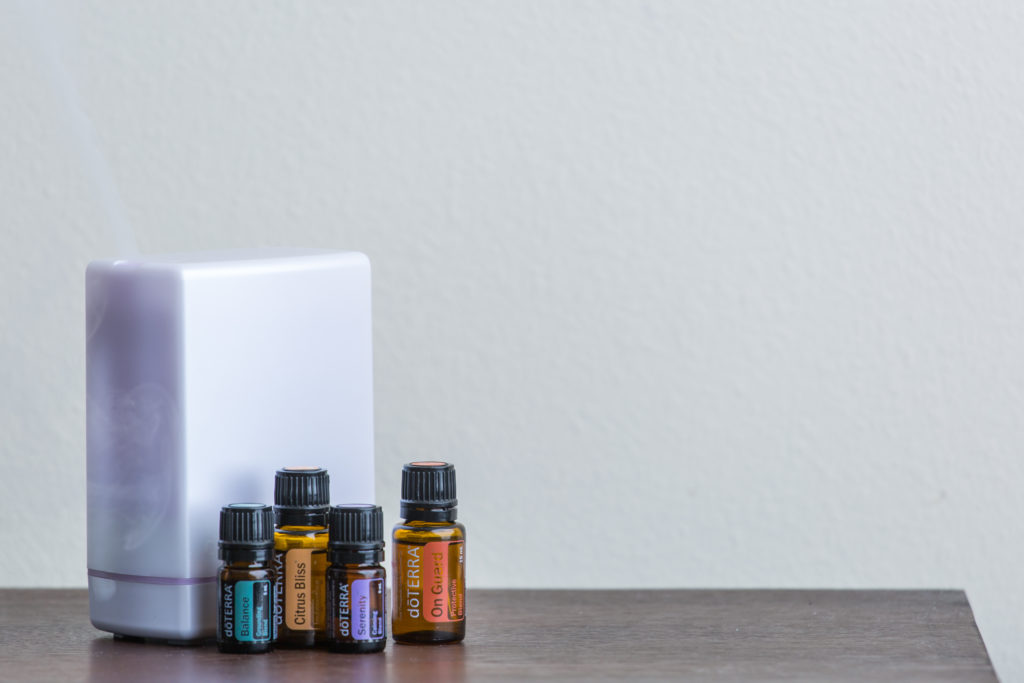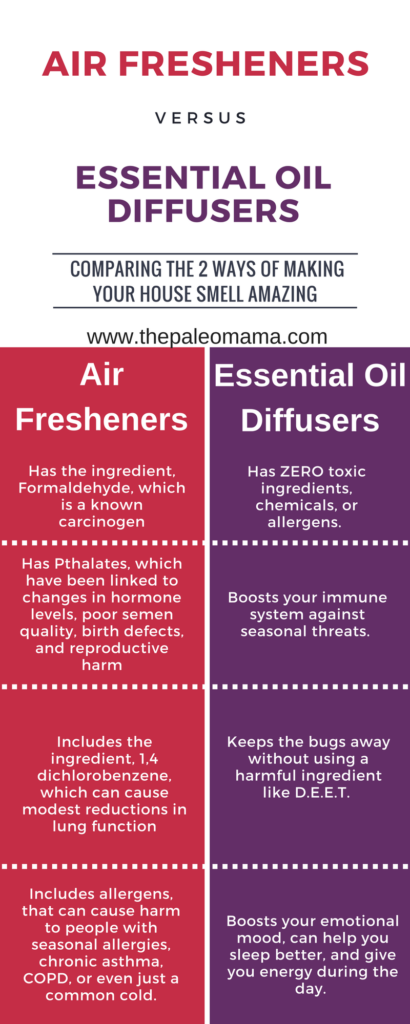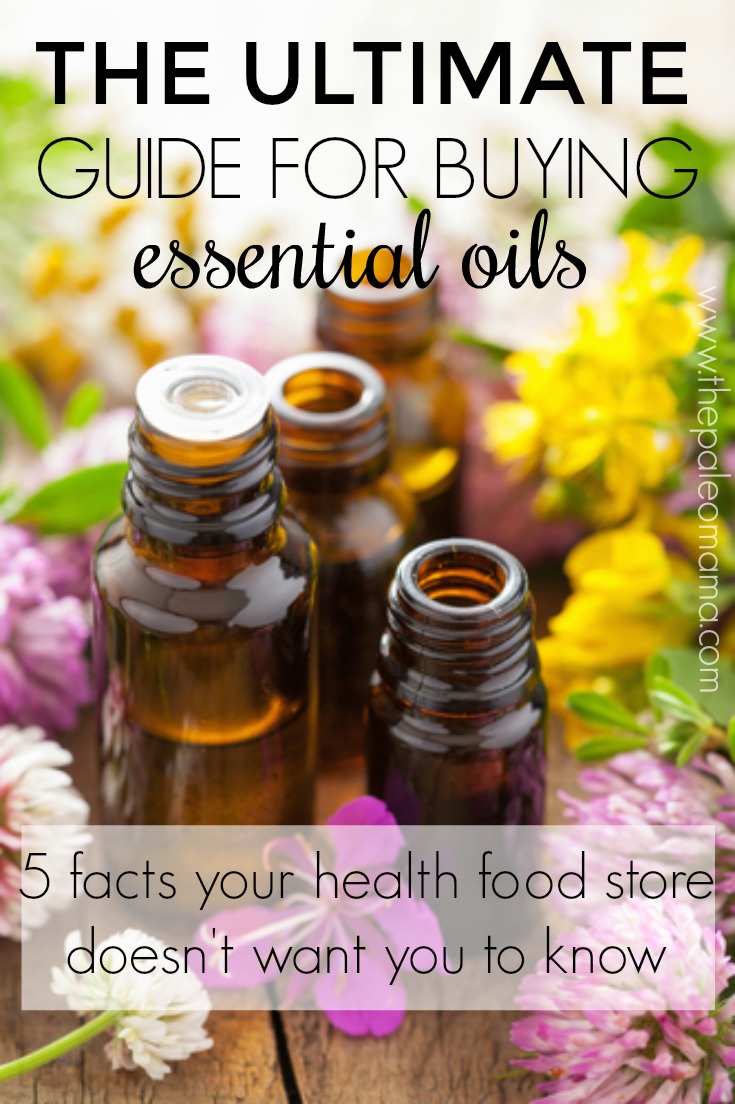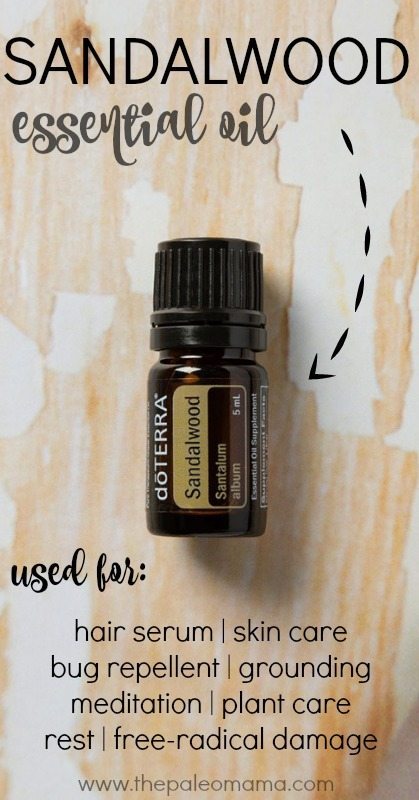If you struggle with low energy, low libido and struggle to lose weight, then you might need to give your thyroid a little boost using this hormone boost essential oil roller bottle blend.
Essential oils have been used for thousands of years to support the body, mind and emotions. Many essential oils have active compounds that are known to support endocrine function, balance hormones, support the adrenals and can even assist you in losing weight.
To learn more about how to use essential oils to support your hormones, make sure you register for the FREE and online Essential Oil Hormone Summit on October 22-26 by CLICKING HERE. It’s totally free and topics cover:
Make sure you go register for the Hormone Summit!
How to Make a Hormone Boost Essential Oil Roller Bottle Blend (video)
Yesterday I did a video on how to make an essential oil blend that will help boost a sluggish thyroid. You will need 4 essential oils, a carrier oil like fractionated coconut oil and an empty 10mL roller-bottle. You can purchase your doTERRA essential oils from here at wholesale cost.
